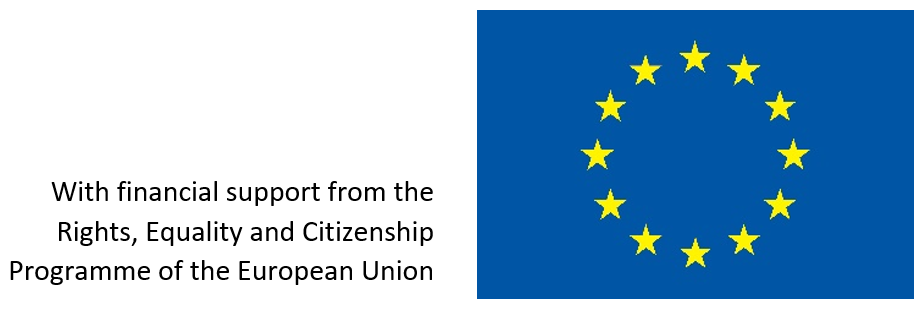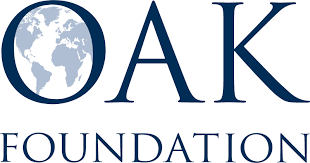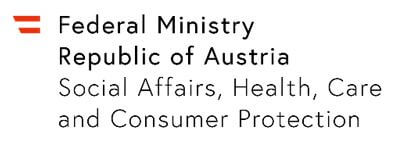At the beginning of 2022, the sudden rise of gas prices sparked the biggest protest that independent Kazakhstan has ever experienced. After the demands to lower the gas prices were met by the government, protesters from all regions also called for more democratic freedoms. Specifically asking for the possibility to elect government officials and to change the ones that are currently in charge. While the protests turned violent and a variety of demands were not met by the current president, in an attempt to stabilise the current situation, the new composition of the government was recently announced. Notably, 11 out of 20 ministers in Kazakhstan’s new government have retained their positions and Kazakhstani citizens were still never offered an opportunity to elect the ministers. Hence, it is questionable whether Kazakhstan is actually off to its new democratic chapter.
As the new cabinet of ministers was announced, people have learned that out of 20 seats, 19 were occupied by men and only 1 by a woman. Her name is Azhar Giniyat, and she is officially the only female minister in the government. Apart from finishing medical school as a paediatrician, she also obtained a Bachelor’s degree in the field of state and local governance. She finally received her MBA in business administration in 2015. Azhar Giniyat started her career as a paediatrician in the Atyrau city hospital (1992-1994). Over the years, she worked as deputy chief physician of the Regional Infectious Diseases Hospital in Aktau, deputy head of the Mangistau regional health department, as well as director of the health department of the Mangistau region (2005-2006). Fast forward, from June 2020 to January 11, 2022, she served as a Vice-Minister of Health of the Republic of Kazakhstan and now as a Minister.
Unfortunately, it was especially difficult to find direct quotes or any additional information about Azhar, making it hard for people to assess her political aspirations. Azhar has been affiliated with the leading political party “Nur Otan,” which is the party of Kazakhstan’s first authoritarian leader Nursultan Nazarbayev. Nevertheless, based on Azhar’s education and experience, she is a skilled health professional, public administrator, and is knowledgeable about the private sector. Only time will show whether Kazakhstani citizens are satisfied with the work of the new government. Since, as was mentioned above, none of the officials were chosen directly by the people and were appointed by the president instead, including Azhar.
As a Kazakhstani myself, I could say that Azhar does not stand as an inspirational figure but rather functions as a painful reminder of an unfairly minimal representation that women have in the government. Similarly, people on social media started asking questions, and rightfully so, as a popular comment on Instagram goes: “Why only 1 woman?? And, yes, fresh blood is needed; there are plenty of smart, respected, and educated women in the country, who are young and open to new ideas. We cannot allow this to go unnoticed, this issue is far from being trivial.” The issue is also far from being new; women have never been properly represented in Kazakhstan, ever since its independence. Ashley Gaile Benedict, Doctor of Philosophy in Political Science, suggests that the rise of inequality started after the fall of the Soviet Union.
“Under the USSR, women in Kazakhstan held 30 percent of all parliamentary seats (most in the lower chamber), due to the old Soviet quota system…Under the Kazakhification, however, gender quotas were eliminated as a symbol of Russian dominance.” – Ashley Gaile Benedict
It is important to mention that women that lived in the Soviet Union were far from being properly represented, especially the ones residing in Central Asia and other USSR territories where the majority of people were not ethnically Russian. However, the complete elimination of the quota system made it increasingly difficult for women to have a chance in politics. Research suggests that “With the initial decrease in women holding political office, from the earlier mandates 30% to barely 14% from 1991 to 2006, only women with influential male family members were elected to political office.” Hence, women that did participate in politics fully supported patriarchal structures allowing them to hold their roles, as their roles were purely symbolic. Perhaps the most infamous example is Dariga Nazarbayeva, daughter of former President Nazarbayev, who had been occupying a variety of political roles, including being a member of the parliament. Forbes estimated her wealth to be $595 million in 2013. In 2019, she publically called people with disabilities “freaks”; which begs the question, can young Kazakh girls really be inspired by women that have been in power or not? One can argue that seeing women who do not have a real voice in administrative positions is anything but.
As was mentioned by the commentator earlier, it is indeed unjust that women are not being properly represented in the parliament, as women are more likely to complete mandatory schooling, secondary education, and some form of tertiary education than men. Hence, based on statistical evidence and on the principle of “meritocracy” that the government of Kazakhstan claims to operate upon, women should be the majority of the ones holding political powers. However, Ashley Gaile Benedict indicates that “Given the limited resources allotted to women and their increased dependence on male partners, the likelihood of women gaining access without the support from men is minimal.”
While Azhar Giniyat can be the role model for women with political aspirations, only time will show whether her role as a minister is purely symbolic or if she will be a real agent of change in the new Kazakhstani government. Nevertheless, the country is still suffering to make 51.7% of the population heard, which does not seem to be improving with the president’s recent actions followed by the protests.
Written by WAVE Intern Polina Lynova
Our last Inspiring Thursday: Betty White
The WAVE Network on social media:
Women Against Violence Europe (@womenagainstviolenceeurope) • Instagram photos and videos
WAVE Network (@WAVE_europe) / Twitter
References:
- The Astana Times | Eleven Out of Twenty Ministers in Kazakhstan’s New Government Retain Positions
- Ashley Gaile Benedict | Women in Kazakhstan: A Multifaceted Approach to Female Political Representation
- Instagram | villagekazakhstan
- Sputnik Kazakhstan | Новым министром здравоохранения стала Ажар Гиният – биография






